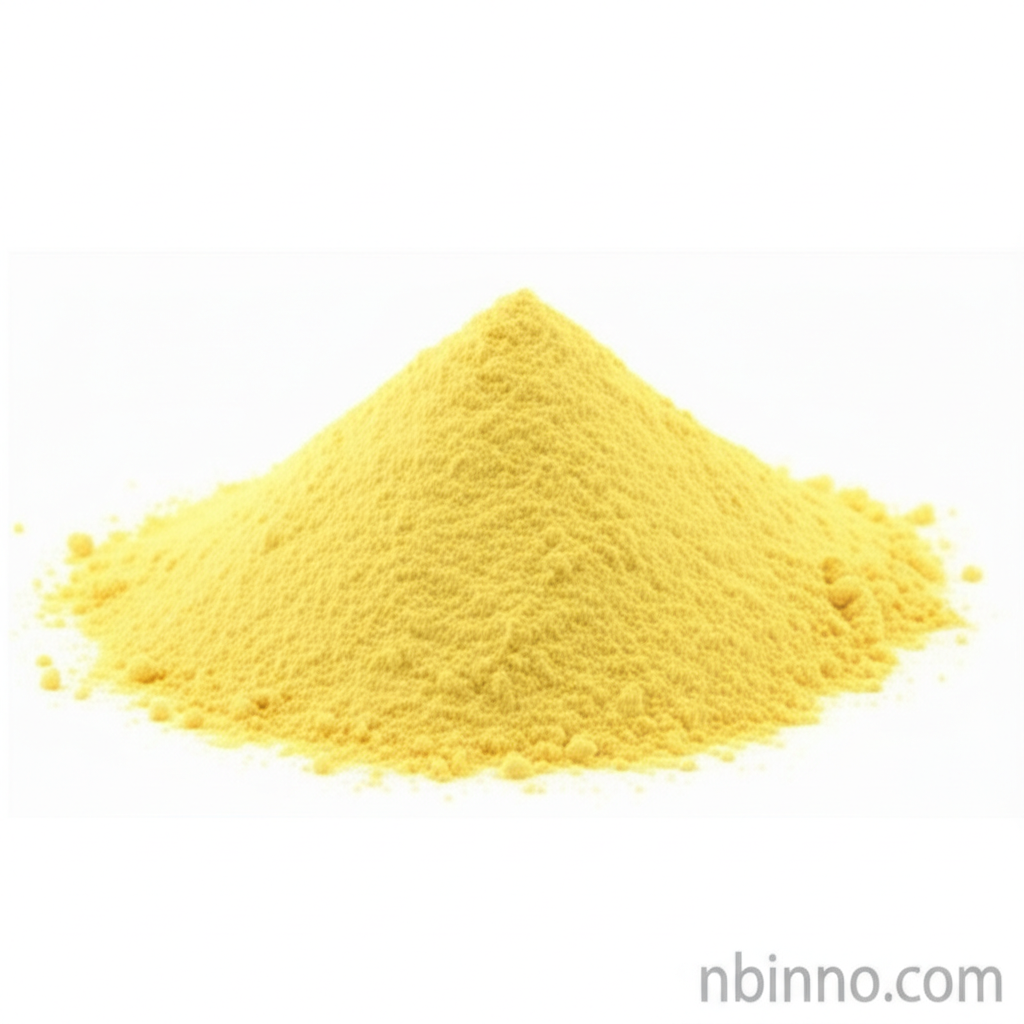Setipiprant: A Novel DP2 Receptor Antagonist for Allergic Conditions and Hair Loss Treatment
Explore the therapeutic potential of this selective DP2 receptor antagonist in treating allergies and promoting hair growth.
Get a Quote & SampleProduct Core Value

Setipiprant
Setipiprant (CAS 866460-33-5) is a cutting-edge pharmaceutical intermediate recognized for its potent and selective antagonism of the prostaglandin D2 receptor 2 (DP2), also known as CRTH2. This mechanism makes it a key compound in modulating inflammatory responses associated with allergic conditions and influencing hair follicle activity.
- Learn about the Setipiprant DP2 receptor antagonist mechanism and its implications in treating allergic rhinitis.
- Discover how Setipiprant asthma treatment options are being explored through its role as a CRTH2 antagonist.
- Understand the Setipiprant hair loss mechanism and its application in androgenetic alopecia.
- Explore the latest Setipiprant clinical trials for hair loss and its potential as an oral setipiprant for baldness.
Key Advantages
Selective DP2 Receptor Antagonism
As a leading Setipiprant DP2 receptor antagonist, this compound precisely targets the DP2 receptor, offering a focused approach to managing inflammatory pathways relevant to allergies.
Dual Therapeutic Potential
Its efficacy extends beyond allergy management, with promising Setipiprant hair loss treatment applications due to its ability to block PGD2's inhibitory effects on hair growth.
Favorable Pharmacokinetics
The oral availability and established pharmacokinetic profile of Setipiprant make it a convenient and potentially effective option for both allergic conditions and androgenetic alopecia.
Key Applications
Allergic Conditions Management
Setipiprant serves as a critical pharmaceutical intermediate for developing treatments for allergies and asthma, leveraging its CRTH2 antagonist properties.
Androgenetic Alopecia Treatment
Research into Setipiprant for androgenetic alopecia highlights its potential as a novel hair loss treatment by interfering with PGD2 signaling pathways.
Pharmaceutical Research & Development
It's a vital compound for R&D, enabling scientists to further investigate the PGD2 pathway and its role in various physiological and pathological processes.
Inflammatory Disorder Therapeutics
The compound's mechanism of action as a prostaglandin D2 receptor 2 antagonist positions it for broader applications in managing inflammatory disorders.
